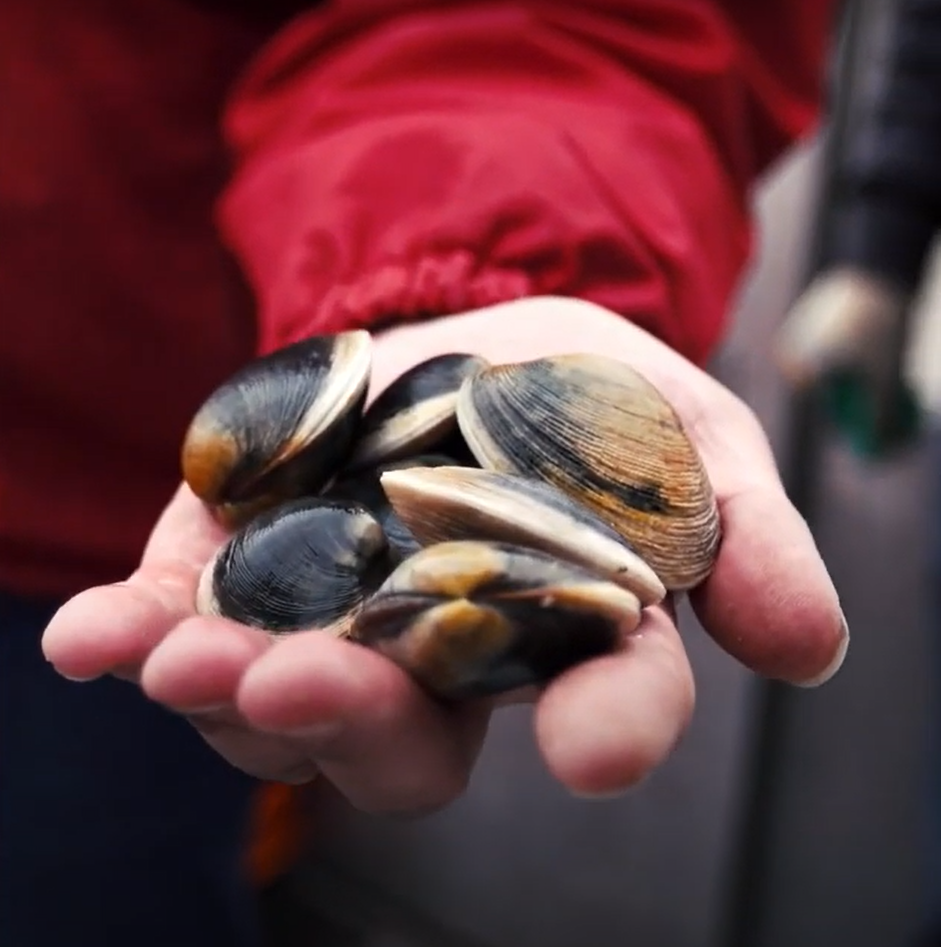Biology

Venus Clams are found buried shallowly in both muddy and sandy substrates in shallow (<20m) estuarine waters on parts of Tasmania’s east and south-east coasts (Grove, 2011). Venus Clams grow to 70mm and reach maturity at <27 mm length (Maguire, 2005). These bivalves can grow to a maximum length of 70mm. The shells are curved and vary cream-yellow and brown in colour. Habitat decline in Georges Bay has been associated with competition with increasing oyster and seagrass beds (Keane, 2022).
Little information is available on stock structure, but individual bays are considered separate stocks due to the short larval time (Keane, 2020). Spawning and reaching sexual maturity are dependent on temperature and salinity conditions. Therefore, the species is susceptible to be impacted on by environmental fluctuations in inhabited estuaries and bays.



